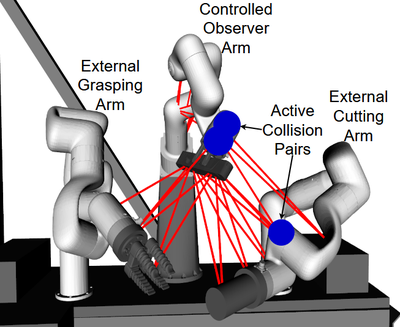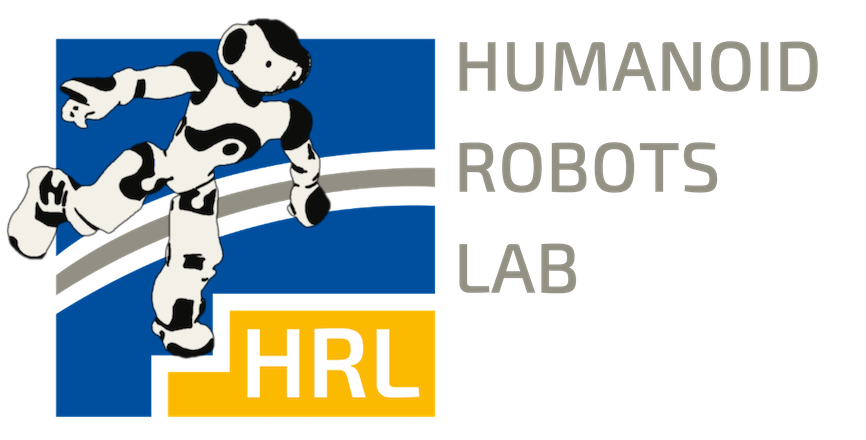DawnIK: Decentralized Collision-Aware Inverse Kinematics Solver for Heterogeneous Multi-Arm Systems
Authors:
S. Marangoz, R. Menon, N. Dengler, M. BennewitzType:
Conference ProceedingPublished in:
IEEE-RAS International Conference on Humanoid Robots (Humanoids)Year:
2023Related Projects:
Phenorob - Robotics and Phenotyping for Sustainable Crop ProductionDOI:
https://doi.org/10.1109/Humanoids57100.2023.10375189Links:
BibTex String
@InProceedings{marangoz23humanoids,
author ={Marangoz, S. and Menon, R. and Dengler, N. and Bennewitz, M.},
title ={{DawnIK}: {D}ecentralized Collision-Aware Inverse Kinematics Solver for Heterogeneous Multi-Arm Systems},
booktitle = {Proc. of the IEEE-RAS International Conference on Humanoid Robots (HUMANOIDS)},
year = 2023
}

Abstract:
Although inverse kinematics of serial manipulators is a well studied problem, challenges still exist in finding smooth feasible solutions that are also collision aware. Furthermore, with collaborative service robots gaining traction, different robotic systems have to work in close proximity. This means that the current inverse kinematics approaches do not have only to avoid collisions with themselves but also collisions with other robot arms. Therefore, we present a novel approach to compute inverse kinematics for serial manipulators that take into account different constraints while trying to reach a desired end-effector pose that avoids collisions with themselves and other arms. Unlike other constraint based approaches, we neither perform expensive inverse Jacobian computations nor do we require arms with redundant degrees of freedom. Instead, we formulate different constraints as weighted cost functions to be optimized by a non-linear optimization solver. Our approach is superior to the state-of-the-art CollisionIK in terms of collision avoidance in the presence of multiple arms in confined spaces with no collisions occurring in all the experimental scenarios. When the probability of collision is low, our approach shows better performance at trajectory tracking as well. Additionally, our approach is capable of simultaneous yet decentralized control of multiple arms for trajectory tracking in intersecting workspace without any collisions.

